Blue Grama (Bouteloua gracilis) in Grass New Jersey
Description:
- Foliage: Blue Grama features narrow, blue-green leaves that form dense tufts or clumps. The foliage provides an attractive, fine-textured ground cover.
- Seedheads: In summer, Blue Grama produces distinctive seedheads that resemble eyelashes, earning it the nickname “eyelash grass.” These seedheads add visual interest to the landscape and provide food for wildlife.
- Growth Habit: Blue Grama has a bunchgrass growth habit, forming dense clumps rather than spreading by rhizomes or stolons.
- Drought Tolerance: It is highly drought-tolerant and thrives in arid environments with low rainfall. Blue Grama is well-adapted to xeric landscaping and requires minimal irrigation once established.
- Wildlife Habitat: Blue Grama provides habitat and forage for a variety of wildlife, including birds, small mammals, and pollinators, making it a valuable addition to native landscapes.

Description:
- Foliage: Blue Grama features narrow, blue-green leaves that form dense tufts or clumps. The foliage provides an attractive, fine-textured ground cover.
- Seedheads: In summer, Blue Grama produces distinctive seedheads that resemble eyelashes, earning it the nickname “eyelash grass.” These seedheads add visual interest to the landscape and provide food for wildlife.
- Growth Habit: Blue Grama has a bunchgrass growth habit, forming dense clumps rather than spreading by rhizomes or stolons.
- Drought Tolerance: It is highly drought-tolerant and thrives in arid environments with low rainfall. Blue Grama is well-adapted to xeric landscaping and requires minimal irrigation once established.
- Wildlife Habitat: Blue Grama provides habitat and forage for a variety of wildlife, including birds, small mammals, and pollinators, making it a valuable addition to native landscapes.
Description
Blue Grama (Bouteloua gracilis) is a warm-season, perennial grass native to North America, particularly prevalent in the Great Plains region. It’s known for its distinctive blue-green foliage and unique seedheads, which resemble eyelashes. Blue Grama is valued for its drought tolerance, low maintenance requirements, and ability to provide habitat for wildlife.
Description:
- Foliage: Blue Grama features narrow, blue-green leaves that form dense tufts or clumps. The foliage provides an attractive, fine-textured ground cover.
- Seedheads: In summer, Blue Grama produces distinctive seedheads that resemble eyelashes, earning it the nickname “eyelash grass.” These seedheads add visual interest to the landscape and provide food for wildlife.
- Growth Habit: Blue Grama has a bunchgrass growth habit, forming dense clumps rather than spreading by rhizomes or stolons.
- Drought Tolerance: It is highly drought-tolerant and thrives in arid environments with low rainfall. Blue Grama is well-adapted to xeric landscaping and requires minimal irrigation once established.
- Wildlife Habitat: Blue Grama provides habitat and forage for a variety of wildlife, including birds, small mammals, and pollinators, making it a valuable addition to native landscapes.
Planting Instructions:
1. Timing:
- Blue Grama is best planted in the spring or early summer, after the danger of frost has passed and soil temperatures have warmed to around 60°F (15°C) or higher for optimal germination.
- Planting during the warmer months allows the grass to establish roots and develop before the onset of winter dormancy.
2. Soil Preparation:
- Prepare the soil by removing debris, weeds, and rocks from the planting area.
- Loosen the top 2 to 4 inches of soil using a garden fork or tiller to improve soil aeration and root penetration.
- Blue Grama prefers well-drained, sandy or loamy soils but can tolerate a wide range of soil types, including clay.
3. Seeding:
- Blue Grama is typically established from seed, as it does not spread vegetatively.
- Sow the seeds at a rate of 1 to 2 pounds per 1,000 square feet for new plantings or overseeding existing turf.
- Broadcast the seeds evenly over the prepared soil surface and lightly rake them into the soil to ensure good seed-to-soil contact.
4. Watering:
- Keep the seeded area consistently moist during the germination and establishment period, which typically takes 2 to 4 weeks.
- Water deeply and infrequently to encourage deep root growth, but avoid overwatering, which can lead to shallow roots and disease issues.
5. Maintenance:
- Once established, Blue Grama requires minimal maintenance, including infrequent watering and mowing.
- Mow Blue Grama infrequently at a height of 4 to 8 inches to maintain its natural appearance and prevent it from becoming overly thatchy.
- Avoid fertilizing Blue Grama, as excessive nitrogen can lead to reduced drought tolerance and vigor.
- Control weeds by hand-pulling or spot-treating with herbicides labeled safe for Blue Grama, as it tends to be competitive against weeds once established.




